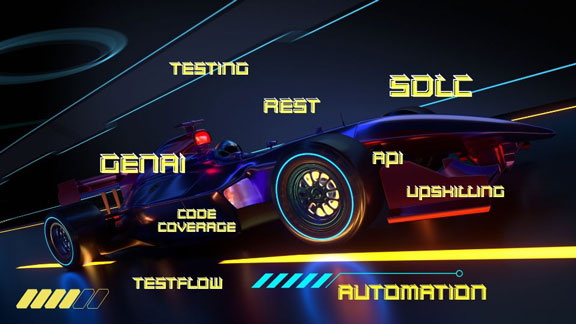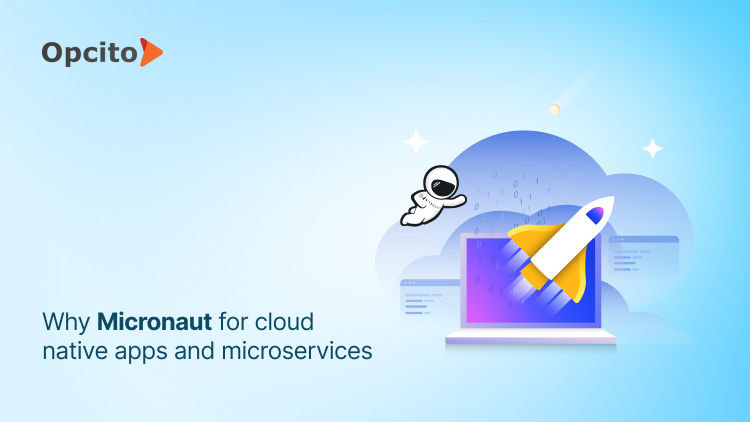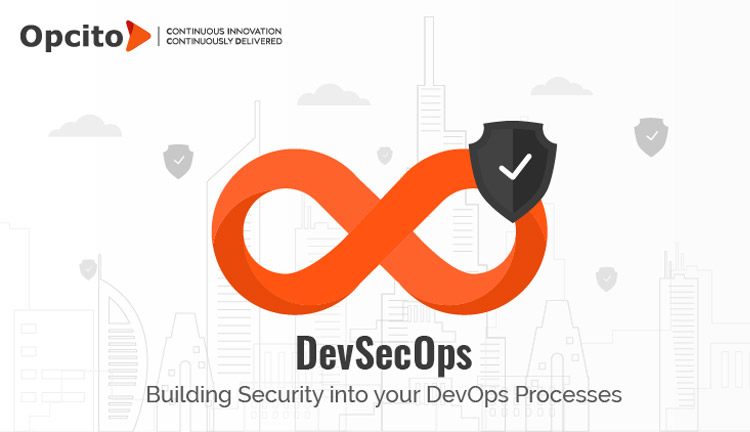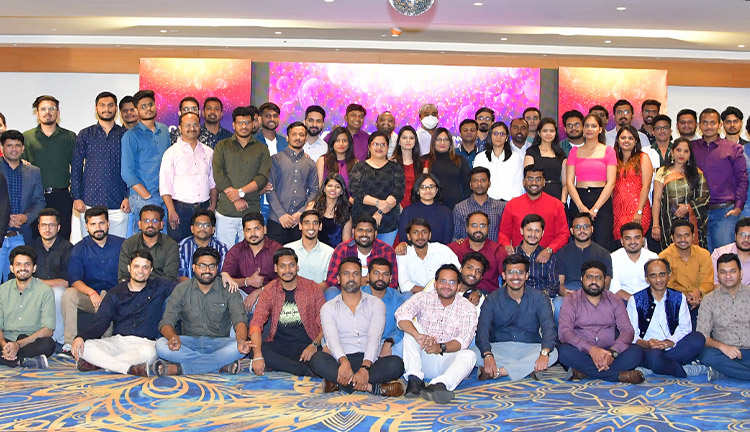Selecting the Best Vulnerability Scanner

Posted By
Abhijit Kharat

Organizations find safeguarding their infrastructure and applications complex as the digital landscape becomes increasingly complicated. Unaddressed vulnerabilities can lead to devastating consequences, including data breaches, operational disruptions, and considerable financial as well as reputation damage. A robust vulnerability scanning program is essential to mitigate these risks and protect your organization's critical assets.
However, with numerous vulnerability scanning tools, choosing the right one can take time and effort. In this article, I will outline the key factors to consider when selecting a vulnerability scanner that best meets your organization's requirements.
What are types of vulnerability scanning
Before we dive into further details, it's essential to understand the three approaches to application testing: DAST, SAST, and IAST. These are vital to a strong application security strategy, and it's crucial to grasp their strengths and weaknesses to select the best security strategy.
- Static Application Security Testing (SAST): SAST is a game-changer for application security. By analyzing the code directly, they identify potential vulnerabilities at an early stage of development. This proactive approach saves time, prevents expensive security issues, and enhances the overall quality of the code. It's like having a security watchdog at every stage of the development process.
- Dynamic Application Security Testing (DAST): DAST is an essential part of application security, testing the application during runtime to identify vulnerabilities that may only appear in specific conditions or when interacting with external systems. It helps assess exposure to threats like SQL injection, cross-site scripting (XSS), and cross-site request forgery (CSRF), which SAST could overlook.
- Interactive Application Security Testing (IAST): A hybrid approach that combines the strengths of SAST and DAST, IAST provides real-time feedback on vulnerabilities as they are discovered, allowing for immediate remediation and reducing the risk of exploitation. It is commonly used to identify vulnerabilities in complex applications with dynamic components or third-party integrations.
How to select the right vulnerability scanning tool
When choosing a suitable vulnerability scanner for your organization, it's essential to consider several key factors. Here are my top picks.
Discover how AI enhances accuracy, speed, and scale in modern cybersecurity.
- Scalability: A scalable vulnerability scanner is vital for organizations expecting growth. Scalable systems ensure that your security testing can keep pace with your evolving application landscape as your codebase expands.
- Reporting and remediation: You need reports that aren't just technical jargon. They must be clear, actionable, and tell you exactly what to do next.
- Cost-effectiveness: Ensure you get your money's worth. Maximize your ROI by considering initial and continuing expenses like licensing fees and maintenance. Also, think about its features, capabilities, and potential benefits. A scanner with lower initial costs but higher ongoing maintenance fees may not be a cost-effective choice in the long run.
- Vulnerability database: You need a database that's comprehensive and up-to-date. It must cover the latest threats, not just the old ones. The database should also give detailed information on each vulnerability, such as how it could be exploited and its impact. This will help with threat prioritization.
- Accuracy and false positive rate: The scanner must identify real vulnerabilities accurately without producing too many false positives. High accuracy saves time and resources. A low false positive rate minimizes disruptions to the development process, keeping the team morale high.
- Integration capabilities: The scanner should seamlessly integrate with your development and testing environments, such as IDEs, CI/CD pipelines, and issue-tracking systems. This ensures a smooth workflow, minimizes disruptions, prevents errors from manual data transfers, and enables automatic scans upon code changes.
- Speed and performance: Efficiency is crucial. It allows more frequent scanning of larger codebases and applications, ensuring prompt identification and resolution of vulnerabilities.
These are the key factors to consider when carefully evaluating a vulnerability scanner. Ensure that it aligns with your organization's specific needs and assists in maintaining a solid security posture.
What are the best practices for integrating a vulnerability scanner?
- Understand your organization's needs: First, identify critical assets like sensitive data, infrastructure, and customer information. Then, assess risk tolerance, define security goals, and outline security objectives like preventing data breaches and protecting critical services.
- Shift-left: Integrate the vulnerability scanner into the development and testing phases for proactive threat identification and cost-effective remediation. Provide immediate feedback on vulnerabilities to encourage developers to write secure code.
- Continuous automated scanning: Regular scans are essential for identifying and addressing new threats. Integrate automated scanning processes to improve efficiency and enable real-time error detection.
- Risk-based prioritization: Focus on addressing the most significant vulnerabilities that threaten critical assets. Use risk assessment frameworks to evaluate potential vulnerabilities and allocate resources to address high-priority vulnerabilities first.
- False positive management: Customize and refine scanning rules to reduce false positives and improve vulnerability assessment accuracy. Train teams to interpret results. Reviewing false positive reports will help improve scanner accuracy.
Industry trends and the future of vulnerability scanners
Here are the top seven trends that I foresee.
- AI and ML will drive efficiency: By integrating AI and ML, vulnerability scanners will become increasingly sophisticated. They will improve accuracy, reduce false positives, and automate tasks, making vulnerability management more efficient.
- Automated remediation will streamline processes: The future lies in automated remediation. Tools can automatically apply patches and implement security controls, reducing time and effort.
- DevSecOps integration: Vulnerability scanning will be an integral part of DevSecOps pipelines, enabling early detection and remediation of vulnerabilities.
- Cloud-native scanning: As organizations increasingly adopt cloud-native architectures, vulnerability scanners must adapt. Cloud-native scanning tools will comprehensively assess cloud-based assets, ensuring their security.
- Continuous monitoring: Continuous vulnerability monitoring is crucial for real-time threat detection and immediate response, helping organizations avoid emerging security risks.
- Vulnerability management needs to evolve: Traditional vulnerability management practices are no longer adequate. Organizations must now embrace more thorough approaches, such as continuous tracking, prioritization, remediation, and reporting.
- SBOMs will become essential: Software Bill of Materials offers transparency into software supply chains, allowing organizations to identify and address potential vulnerabilities.
Embracing these trends in vulnerability scanning can give you a significant advantage in today's competitive environment. Proactive vulnerability management safeguards your assets and data and ensures compliance with industry standards. Act before a breach occurs. My previous blog on mastering vulnerability management will show you how to fortify your DevOps. Opcito's experts can help you optimize your DevSecOps pipeline and vulnerability scanning practices. Contact us at contact@opcito.com to learn how we can empower your organization to stay ahead of the curve and build a more secure future.
Related Blogs




















